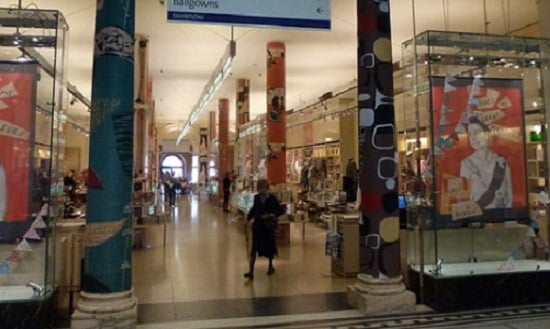
Staff working in museum and gallery shops, ticketing and security are often being paid less than the Living Wage, a sector survey indicates
Photo: Gary Bembridge
Four in ten organisations pay front of house less than Living Wage, survey finds
More than half of cultural organisations surveyed anticipate challenges meeting staff costs in the coming 12 months, and a similar proportion rely daily on volunteers.
Four in ten cultural organisations pay their junior front of house staff less than a living wage, a new survey indicates.
Research by the Visitor Experience Forum and BOP Consulting on practices at 14...
Subscribe to read more
Get unlimited access to the latest news, features and opinion from the arts, culture and heritage sectors
Already subscribed? Log in
Usually have access through your university?
Join the Discussion
You must be logged in to post a comment.